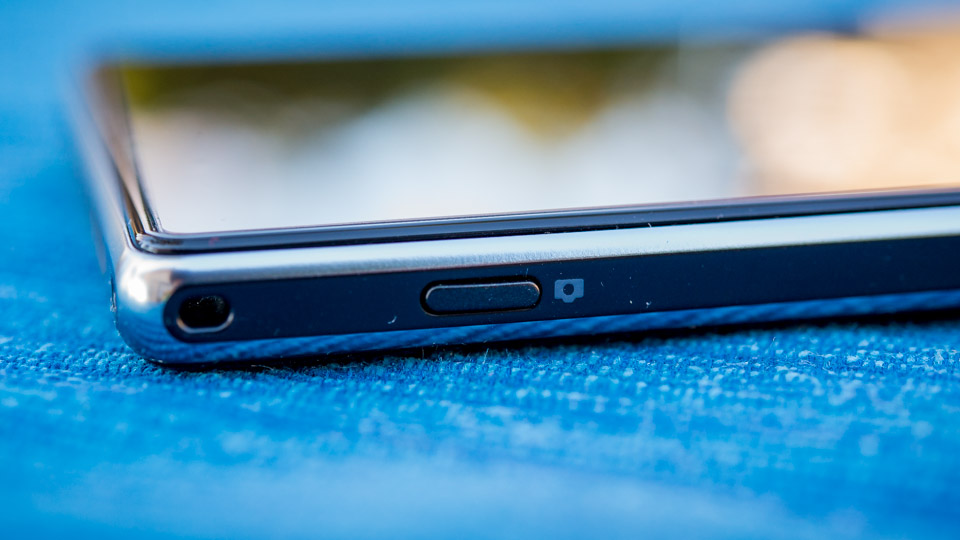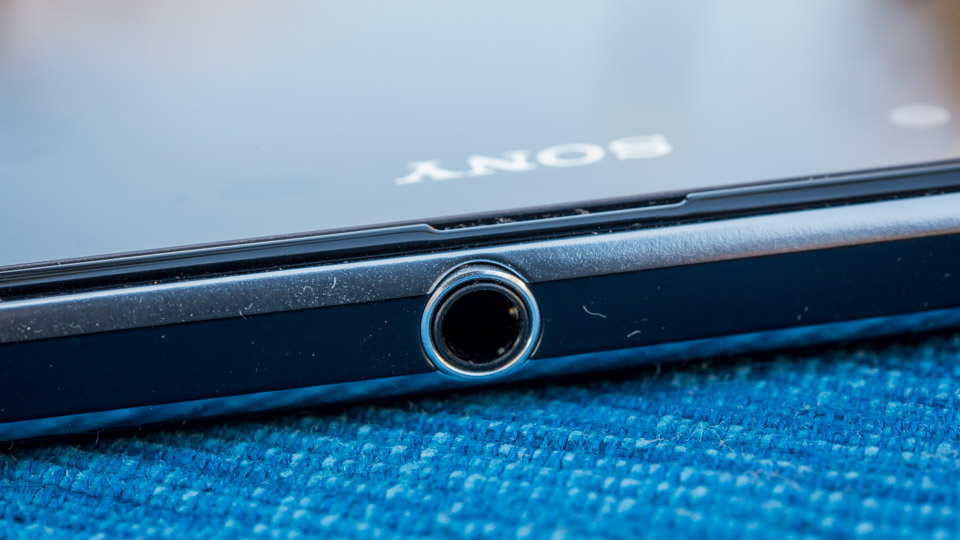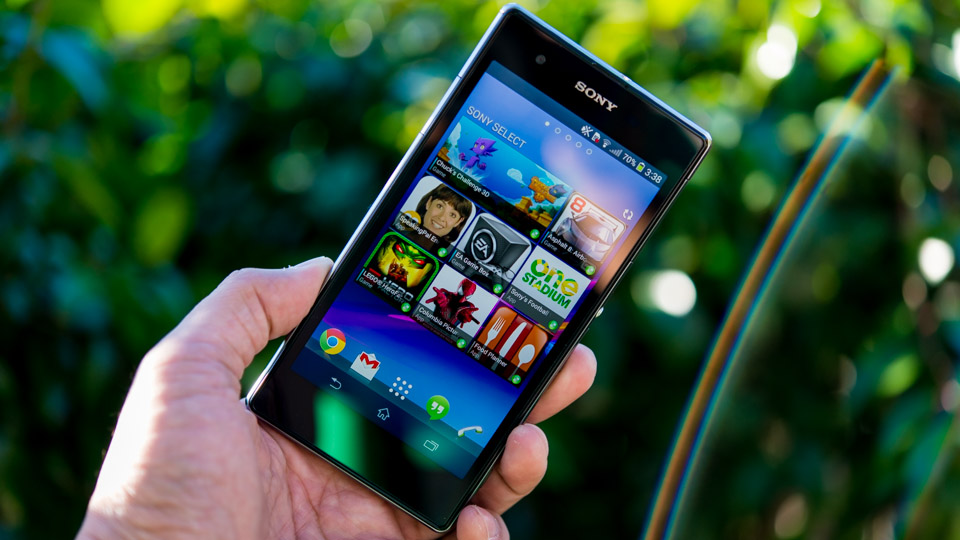Why you can trust TechRadar
Most Android devices these days use Chrome as the default browser, and the Sony Xperia Z1S is no exception.
The great thing about Chrome is that it's fast and reliable, and navigation and use is quite intuitive. If you're already using the desktop version, it's easy to pick up the mobile version and start browsing like a pro, if there is such a thing.
It's even better for Google users who don't mind being logged into Chrome because you can sync content between the desktop and mobile versions. Whether you want to sync open tabs, bookmarks and browsing history or all of the above, it makes your life's Internet browsing experience totally seamless.

Once you've entered a web page and it's done loading, the app will take up the entire screen to give you a more immersive browsing experience. Whenever you scroll up or down, the URL bar will drop down, giving you the option to go somewhere else, open or switch tabs and to use the menu to navigate and even find text within a page.
By pressing and holding onto text within a web page, you can have the option to copy and paste the selected text elsewhere. You'll also be able to search the meaning of the word by tapping the magnifying glass icon on the upper-right corner after highlighting the word you're unsure about.
The downside in searching for word definitions is that it takes you away from the page you're currently browsing. Safari on the iPhone or iPad, alternatively, brings up a pop-up page that gives you the info you need, and then slides away when you're done, which means you never leave the web page you're on.
It's a minor gripe, but one worth mentioning as far as the browser experience goes.
Otherwise, Chrome works pretty well with most pages regardless of the content - whether it's text, an animated gif or videos.
YouTube videos embedded within the web page will open up in the video player, along with any other video supported by the browser (that's about 99% of videos you'll find online these days).

When you're done watching a video on the web, it will shrink down to its embedded size and you can continue browsing as you were. Otherwise, you can always click the back button at the bottom of your display and get right back to where you were.
If Chrome just isn't the right browser for you, or you'd like to try others, you can also download them from the Play Store. There are plenty to choose from, like Firefox or Dolphin, but we can't recommend one over the other because we do think that Chrome is good enough. I think Chrome is more than good enough.
You'll occasionally run the risk of instability with other browsers. While most phones don't ever encounter this problem, I've had several high-end Android devices in my possession in the past that would be fickle with third-party browsers.
It's not like you're running a huge security or stability risk, but if the occasional crash or lag is bothersome to you, I'd stick with Chrome. It's stable, fast and gets updated frequently enough so that any bugs that may arise will get squished promptly.

Finally, you'll learn to appreciate the fact that Chrome is the default browser for most other apps. If you click on a link in Twitter or Facebook, for example, you'll be taken to the Chrome app. If you click the back button from that link, you'll end up back in the app that brought you to Chrome and that tab will be closed.
However, if you hit the home button, the tab will remain open and saved within Chrome, which is a good option if you decide to go back to that content later while browsing elsewhere. Many apps on the iPhone will open URLs in a built-in browser - as it does for Facebook or Tweetbot - and you have to take an extra step to open it in Safari. That's not the case with Android, and it comes down to a matter of preference in terms of your opinion on the matter.
